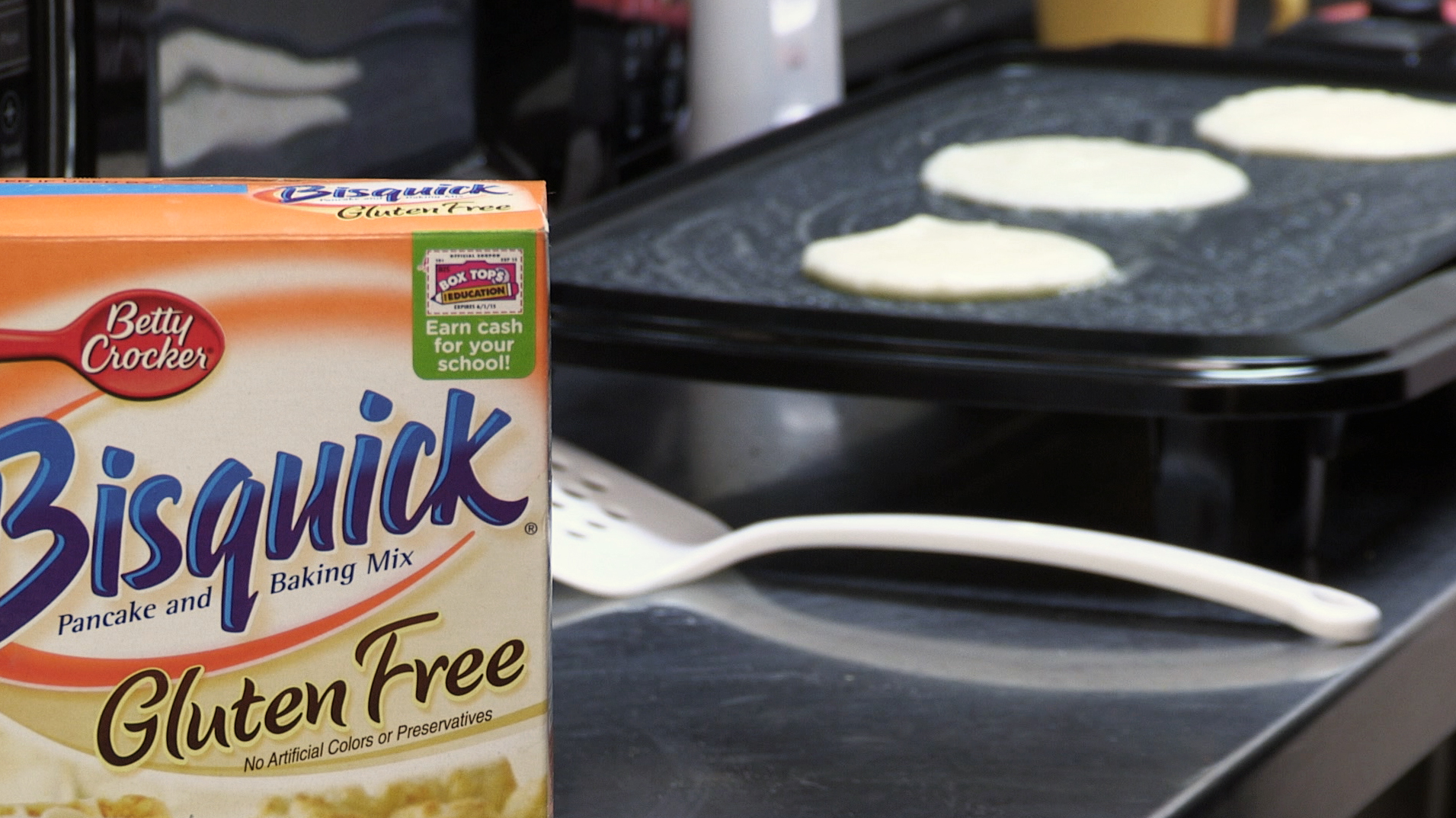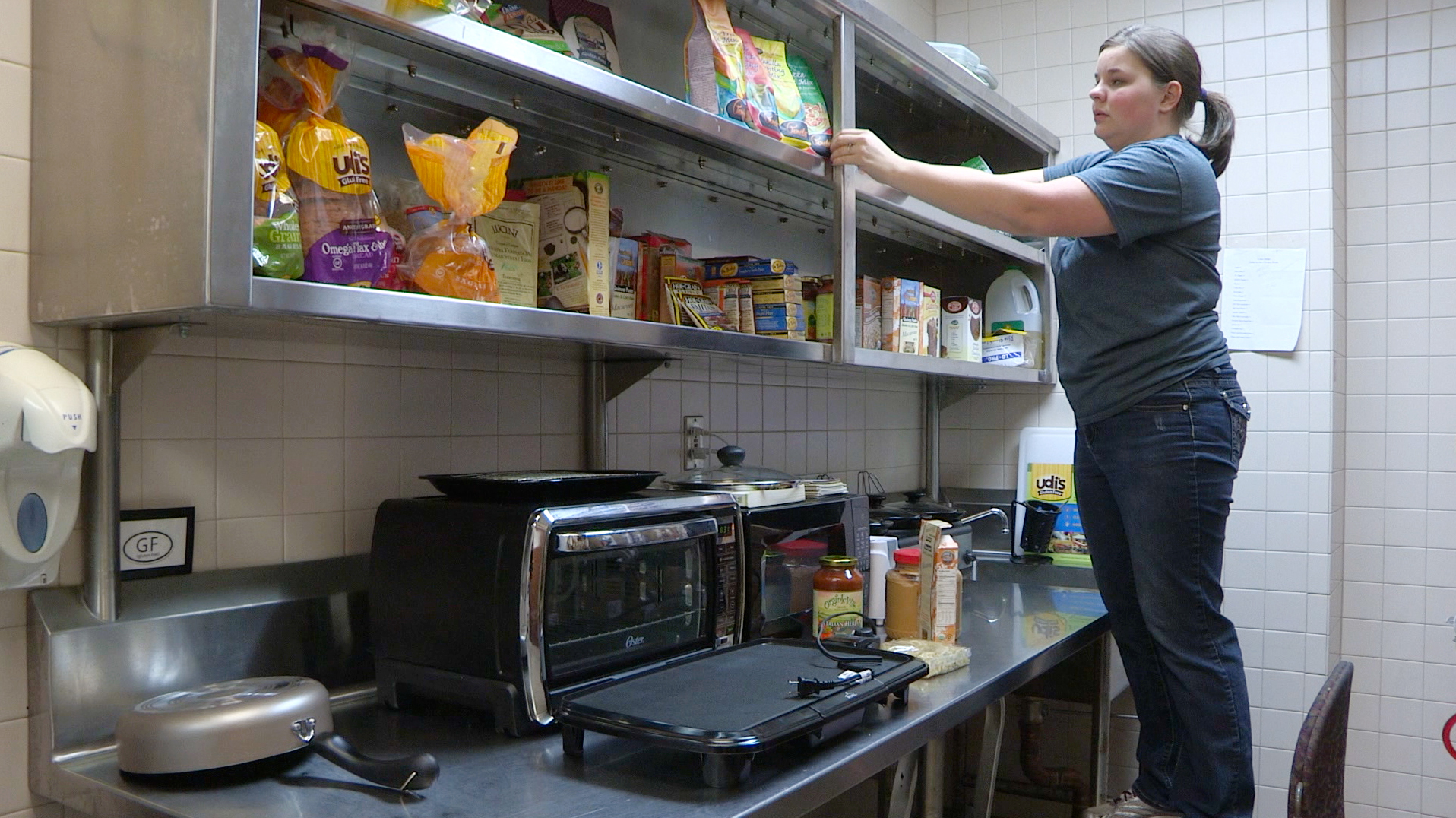Pizza, pasta, cookies, soup, bread; the list could go on and on. If we were to really sit down and think about everything that makes up our diet for a normal day, it would not be a challenge to notice that for a majority of us, gluten constitutes a significant percentage of our diet. And we don’t even realize it. Now, imagine if you were to cut that gluten out. How drastic would your daily food choices change if bread were no longer an option? For one out of every 130 Americans, that is a reality. These people suffer from what is called Celiac disease, or gluten intolerance.
Celiac disease is an auto-immune condition that damages the lining of the small intestine and prevents it from absorbing parts of food that are important for staying healthy. The damage is caused by a reaction that is triggered by eating gluten, the protein found in wheat, barley, and rye. Celiac disease can be a genetic condition that is passed down within families for generations and could have serious complications on the individuals if the symptoms are not treated properly, or if they consume gluten.
“The most predictable thing about celiac disease is how unpredictable the symptoms are,” said Caitlyn Johnson, a junior early childhood education major who suffers from celiac disease. “Any Celiac that you see on campus will all have different [symptoms].”
In the majority of cases, people who have Celiac do not go into anaphylactic shock after ingesting or confronted with gluten. This disease is not to be mistaken with an allergy, but rather, it is an intolerance. Although it does provide many obstacles, it is very possible to work around.
Snacking is an area many individuals with celiac disease agree is one of the hardest. Many of us can pull right on through any one of the many fast food restaurants, or pick up something quick to go, but that is not an option when you have a gluten intolerance.
“It is a lot better than it sounds. It sounds absolutely miserable, but it’s not,” said Johnson, “The diet is hard, but usually when you get to the point of needing to be on it, you are sick enough that you just want to be better; and no food is worth feeling awful.”
For every food item purchased, the list of ingredients must be thoroughly checked. And the reality is that a lot of restaurants, especially those that are individual stores, not chain food joints, either do not have the allergen and ingredient lists posted, do not have a place to find this information or do not even know if what they are serving contains gluten. This has the potential to make eating out pretty difficult for gluten free people.
“If you are becoming gluten free, you know you don’t have a choice, I want to encourage you,” said Caylie Gillum, a freshman early childhood education major with celiac disease. “It’s really not that bad, it’s not that hard. It is very doable and there are so many resources out there.”










